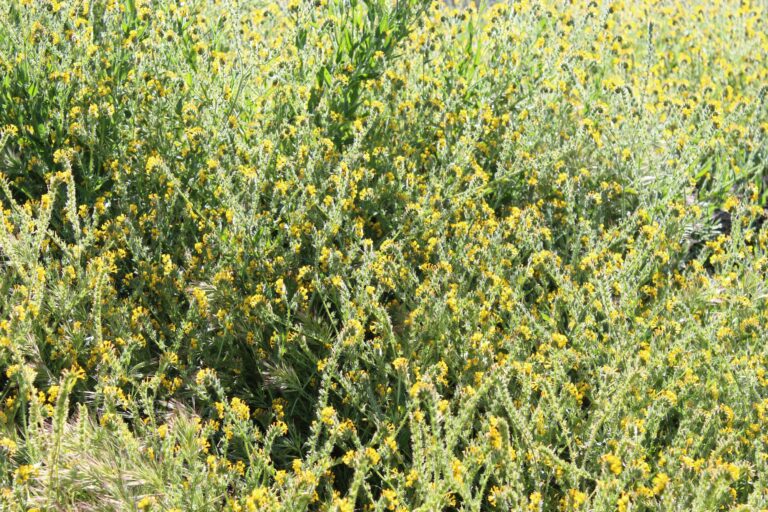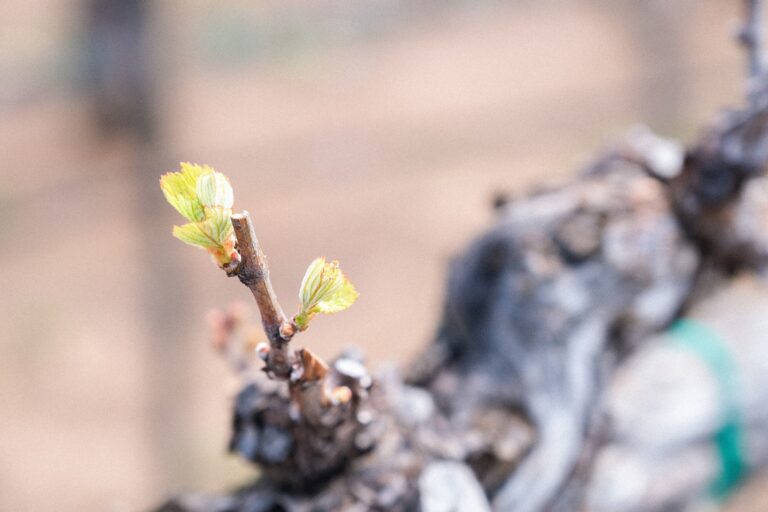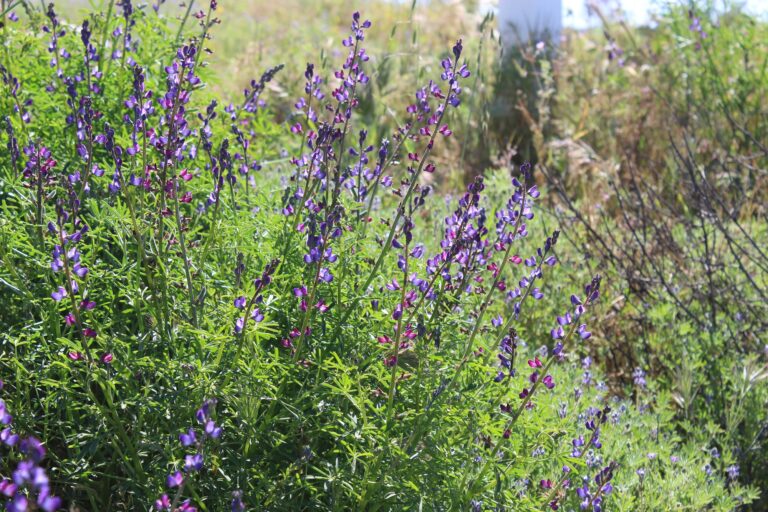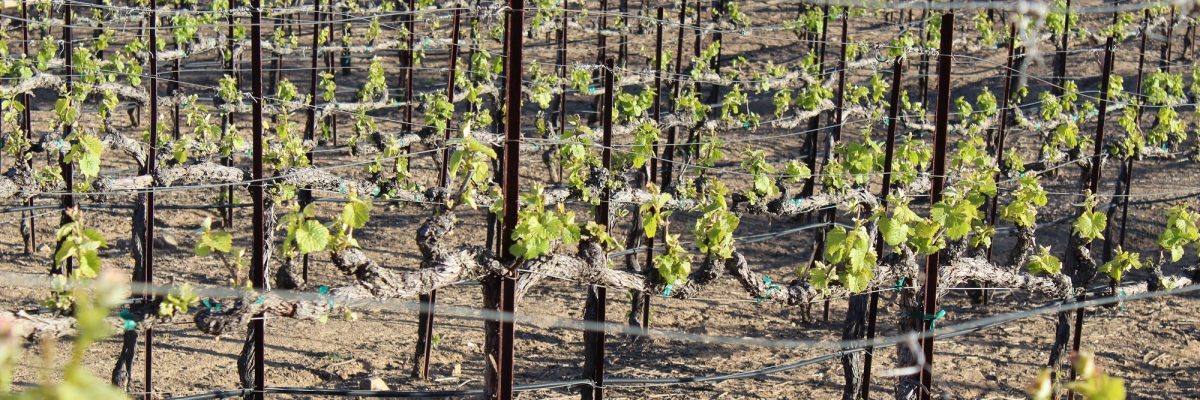
Honoring Earth Day with a Look Beneath the Vines
Wine, at its core, is an expression of place. The flavors in your glass don’t just come from the grape variety or the aging process—they’re rooted, quite literally, in the earth. And here in Temecula Valley, we’re lucky to farm some of the most unique and diverse soils in Southern California.
So, in honor of Earth Day, we’re taking you from the dirt up—into the soils, slopes, breezes, and bedrock that shape every bottle of Wiens wine. Because before the grapes are crushed and the barrels are filled, before the labels are printed or the corks are popped, wine begins with the land.
And we believe that land deserves to be celebrated.
Why Soil Matters in Wine
If you’ve ever heard someone talk about “terroir,” they’re referring to the entire environment where wine grapes are grown—sunlight, temperature, rainfall, slope, elevation, and, yes, soil.
Soil isn’t just something vines grow in. It’s one of the most important factors in determining how grapes ripen, what flavors they develop, and how a wine will ultimately taste. Well-draining soils might produce smaller, more concentrated berries. Rich, moisture-retaining soils can support vigorous vine growth but may need a watchful eye to prevent over-cropping.
Here in Temecula, we’re working with a fascinating mix of soils—ranging from sandy loam to decomposed granite—each one influencing our wines in a different way. And because we farm multiple vineyards across the region, we get to work with all of them.
Let’s Start at the Surface: Temecula’s Climate & Terrain
Temecula Valley might be known for its sunshine and easygoing charm, but from a viticulture perspective, it’s an incredibly dynamic place. The region sits just 22 miles inland from the Pacific Ocean, nestled between coastal ranges and desert mountains. This topography creates distinct microclimates—and soil variation that rivals more famous wine regions.
Warm days are a given. But thanks to gaps in the surrounding hills (like the Rainbow Gap and Santa Margarita Gap), cool ocean breezes sweep through the valley every evening. This daily temperature swing—known as the diurnal shift—helps grapes ripen slowly and evenly, preserving acidity while building flavor.
And that brings us to what’s underneath it all.
Soil Type #1: Sandy Loam
Let’s begin with one of our most common—and most vine-friendly—soil types: sandy loam.
Sandy loam is made up of a mix of sand, silt, and a bit of clay. It drains well (vines don’t like wet feet), but it also holds just enough moisture to sustain the roots between waterings. Because it’s not overly fertile, it naturally keeps vine vigor in check, directing more energy into fruit production instead of excessive canopy growth.
Where you’ll find it:
Sandy loam is prominent across much of our Sage Vineyard and parts of the San Ignacio Vineyard. At Sage, for example, we see smaller berry clusters with intense flavor—perfect for creating bold, concentrated wines that still retain a fresh acidity.
How it shows up in your glass:
Wines grown in sandy loam often have great purity of fruit. Think expressive aromas, ripe but structured flavors, and clean finishes.
Soil Type #2: Decomposed Granite
Now here’s where things get interesting. Much of Temecula Valley sits on ancient granitic bedrock, slowly weathered down over millennia into a gritty, mineral-rich soil called decomposed granite.
This soil drains exceptionally well—sometimes too well—which means we often have to irrigate carefully and monitor vine stress. But that stress is actually a good thing: it encourages the vine to focus its energy on producing smaller, more flavorful grapes rather than an overabundance of leaves.
Where you’ll find it:
Decomposed granite is especially prominent in La Cresta and San Ignacio, where elevation plays a role too. These sites experience cooler mornings and longer growing seasons, which—combined with the lean, rocky soil—create wines of serious depth and age-worthiness.
How it shows up in your glass:
Expect power and precision. Wines from granite soils often have grippy tannins, deeper color, and layers of minerality and spice. If you’ve had a structured red like our Cabernet Sauvignon or Malbec from San Ignacio, you’ve tasted it.
Soil Type #3: Clay Loam & Silt Pockets
In lower areas of the valley—particularly near our Winery Estate Vineyard—you’ll also find more fertile soils like clay loam and occasional silt deposits. These tend to retain more water and nutrients, so we need to manage vine vigor more actively here. But when done right, these soils can produce generous, fruit-forward wines with plush texture and broad appeal.
Where you’ll find it:
At our Estate Vineyard, just outside the winery, we grow Chardonnay, Montepulciano, and Syrah—varieties that thrive under careful canopy and water management.
How it shows up in your glass:
Wines from these soils tend to be juicy, round, and plush, especially whites like Chardonnay and reds like Syrah, where that extra fruit weight makes for a soft, approachable wine.
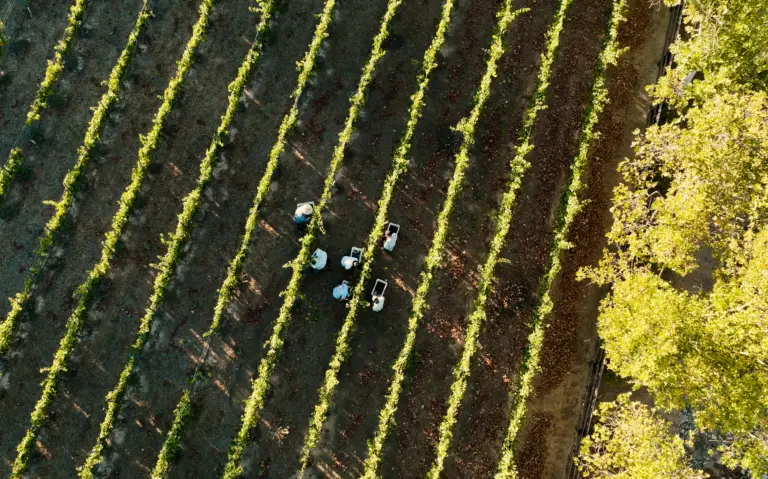

Soil + Elevation = Magic
Soil tells part of the story, but elevation is its co-author.
For example, our La Cresta and Sage vineyards are perched well above the valley floor—La Cresta at over 2,000 feet. These cooler, windier sites get longer hang time, which is crucial for developing nuanced flavors without high sugar levels. The higher elevation also protects against heat spikes and reduces disease pressure.
At the same time, valley floor vineyards like our Estate site benefit from more sun and warmth—ideal for producing ripe, full-bodied reds with generous fruit character.
The takeaway? These contrasting conditions allow us to craft wines with distinct personalities—from bright and elegant to bold and brooding—often blended together to create balance and complexity.
Our Sustainable Soil Story
Since it’s Earth Day, we’d be remiss not to talk about how we care for the land that gives us so much.
At Wiens, we believe stewardship of the land is just as important as what’s in the bottle. Our vineyard team is constantly working on sustainable farming practices that help us preserve soil health and biodiversity:
- Cover crops help prevent erosion, improve soil structure, and attract beneficial insects.
- Drip irrigation conserves water by delivering precise amounts only where needed.
- Compost and organic matter are used to feed the soil naturally, reducing the need for synthetic fertilizers.
- Minimal tilling practices help protect the delicate microbial life beneath the surface.
Each choice we make—from planting to pruning—is guided by a long-term view: that healthy soils create healthy vines, which in turn create exceptional wines.
The Human Element
Of course, no matter how great the soil is, it takes skilled hands and thoughtful decisions to bring it to life. Our vineyard team led my Vineyard Manager John Tichenor, knows every block, every slope, and every soil type across our estate. They’re constantly tasting the fruit, watching the vines, and adjusting our farming strategies to get the best out of each site.
And because we farm all our own vineyards—no outsourcing—we have full control over how we treat the land, how we grow the fruit, and how that fruit translates into wine.
It’s not easy work. But it’s worth it. Every bottle of Wiens wine is a testament to our commitment to the land, from the dirt up.
Experience It for Yourself
Want to really understand Temecula’s terroir? Come see it with your own eyes. Walk through the sandy rows of Sage, feel the cool air in La Cresta, or taste our Estate-grown wines while standing next to the vines that grew them.
If you can’t make it in person, try exploring a few of our vineyard-designate wines side by side. Notice the differences in flavor, structure, and aroma. That’s the soil talking.
A Toast to Earth Day
On this Earth Day, we raise a glass to the unsung hero of the wine world: the ground beneath our feet. Soil isn’t flashy, but it’s where everything starts. And for us, it’s a daily reminder of our responsibility—to our vines, to the land, and to the people who drink our wines.
So next time you pour a glass of Wiens wine, take a second to think about what’s behind it. The sandy loam that shaped those floral aromatics. The decomposed granite that built those bold tannins. The elevation, the breeze, the sun, and the rain.
It all matters. And it all starts from the dirt up.

